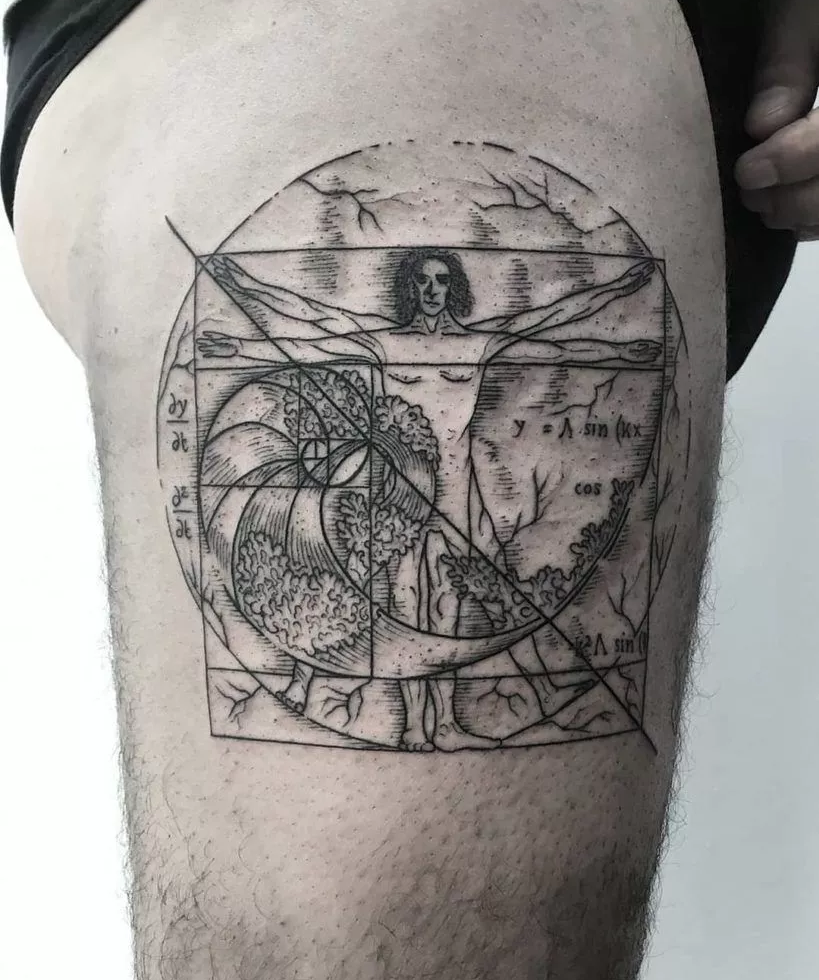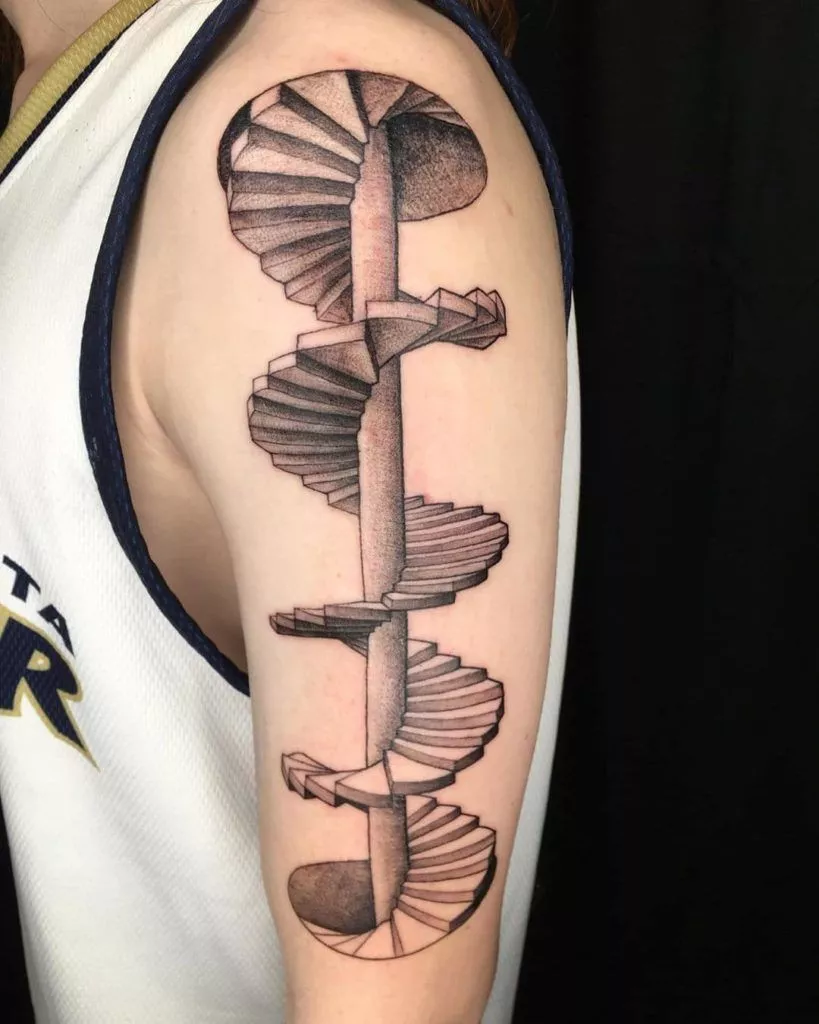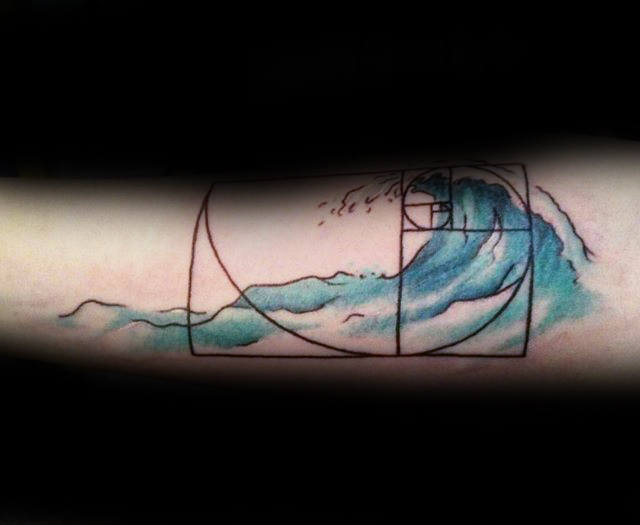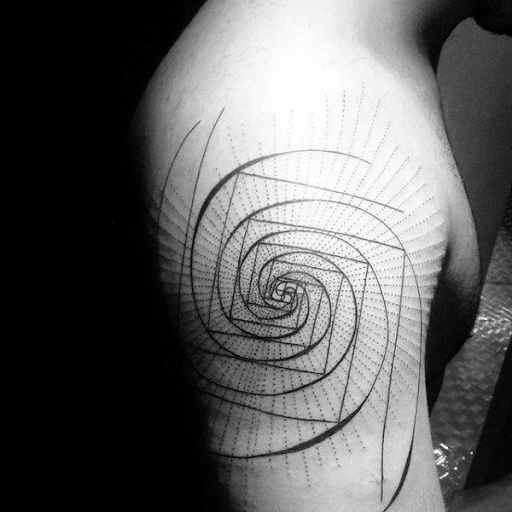Fibonacci Day: The Ultimate Guide to the Fibonacci Sequence and its Tattoos
- Sunny Bhanushali
- Nov 23, 2020
- 2 min read
Updated: Sep 17, 2024
Fibonacci Day is celebrated on November 23rd every year, to commemorate the research done by Leonardo Fibonacci on Fibonacci numbers and the golden ratio. This number is said to be found in many places around us, even in plants and humans. This series of numbers is calculated by adding the previous two numbers on the number line to get to the next number. The series goes like this: 0, 1, 1, 2, 3, 5, 8, 13, 21, 34, 55…and so on, till infinity and beyond.

Leonardo of Pisa, famously known as Fibonacci (son of Bonacci), was born in a family of traders in 12th-century Italy. He was inspired by the Hindu-Arabic system of arithmetics for calculations, which were easier for mathematical operations like addition, subtraction, multiplication, and division than the Roman numerals the Europeans used.
This system was originally discovered by Indian scientists like Pingala, Bharata Muni, and Virahanka, and is also connected to Sanskrit prosody. Fibonacci wrote about this phenomenon in the book Liber Abaci and explained it by linking it to rabbits and their rate of reproduction.
This occurrence happens in nature too, such as in a sunflower, the shell of a nautilus, the unfurling of fern leaves, the fruitlets in a pineapple, and many more. Fibonacci numbers also appear in the pedigrees of honeybees, according to the following rules:
If an egg is laid by an unmated female, it hatches a male or drone bee.
If, however, an egg was fertilized by a male, it hatches a female.
Thus, a male bee always has one parent. If one traces the family tree of any male bee (1 bee), he has 1 parent, 2 grandparents, 3 great-grandparents, 5 great-great-grandparents, and so on. This sequence of numbers of parents is the Fibonacci sequence. How mind-boggling is that?!
Source: Instagram
The golden ratio is best approximated by the famous Fibonacci numbers. The next numbers in the Fibonacci sequence, for instance, are 1,2,3, and 5. The ratios of sequential Fibonacci numbers (2/1, 3/2, 5/3, etc.) approach the golden ratio. In fact, the higher the Fibonacci numbers, the closer their relationship is to 1.618.
Take a look at some INKredible ideas if you’re looking to get a Fibonacci tattoo too!
If you’re also getting ink-envy by looking at these Fibonacci tattoos like us, take a look at some similar geometric tattoos, made by our best tattoo artists who cater to a wide variety of international and national clientele. If you stigmatophiles have an INKling of getting one of these awesome wrist tattoos, visit your nearest Aliens Tattoos branch, now in Mumbai, Pune, Kochi, Bangalore, Ahmedabad, Jaipur and California. Fill up our consultation form to customize your tattoo designs or simply talk about what is the best tattoo to suit your personality.









